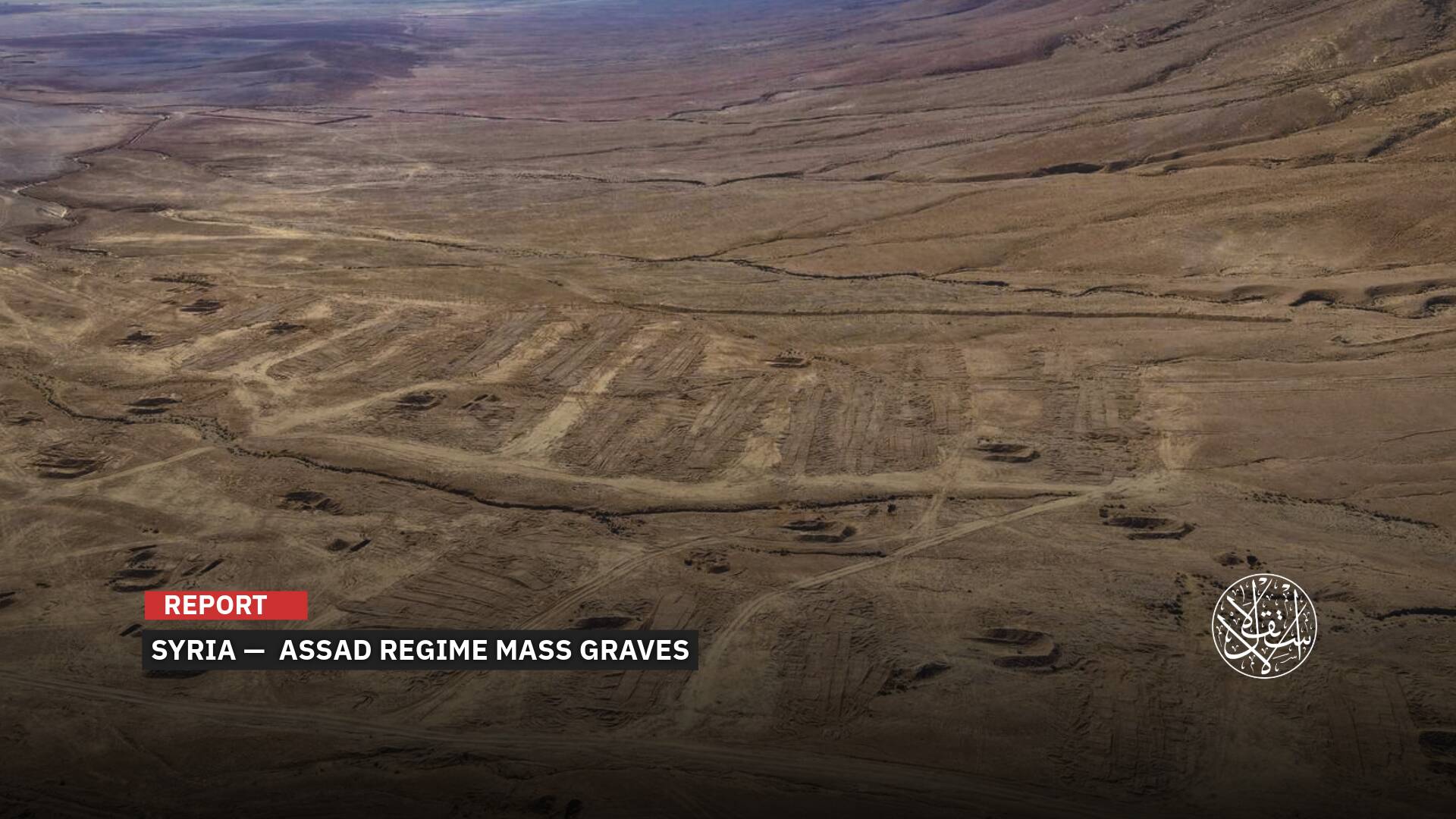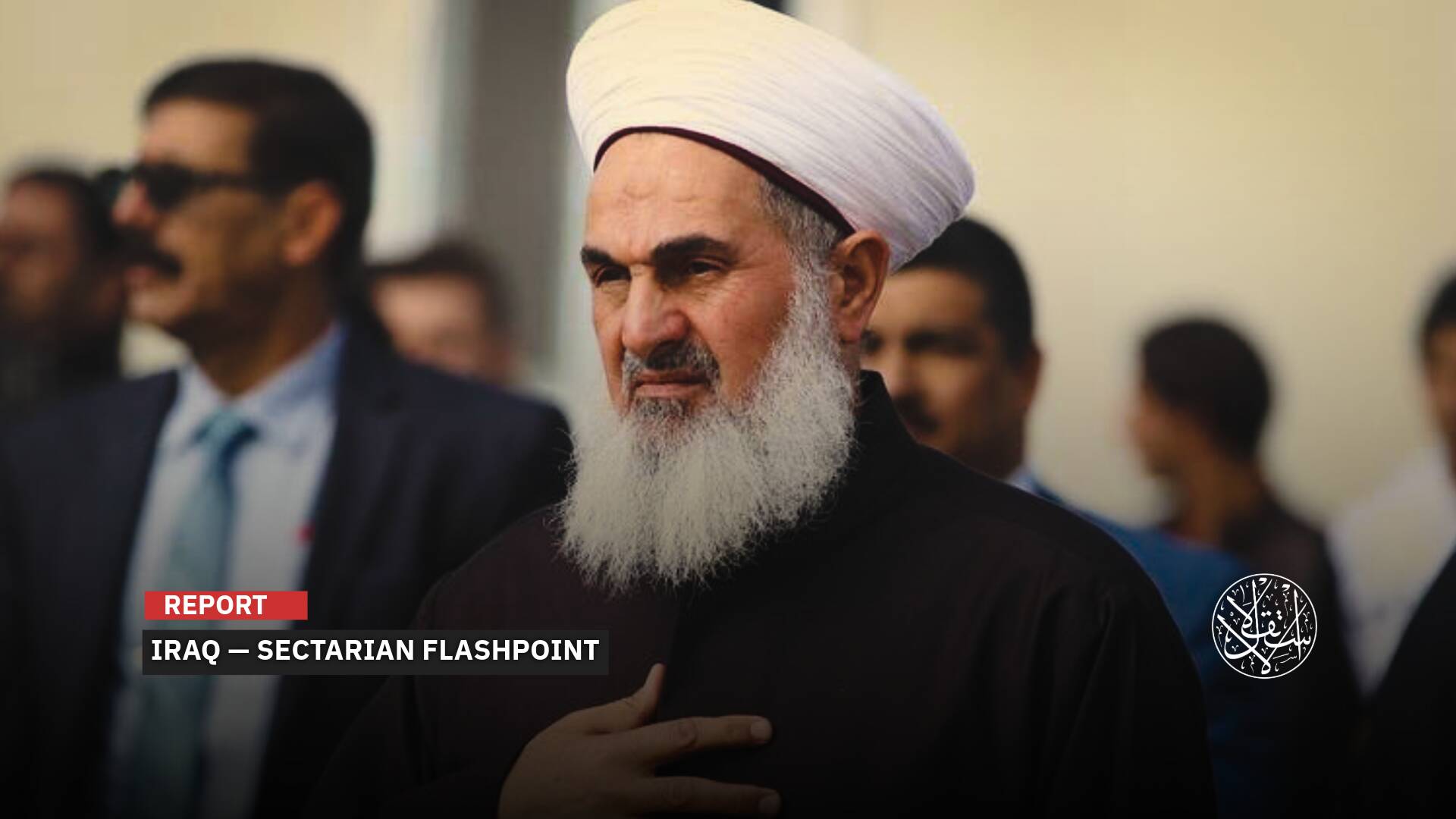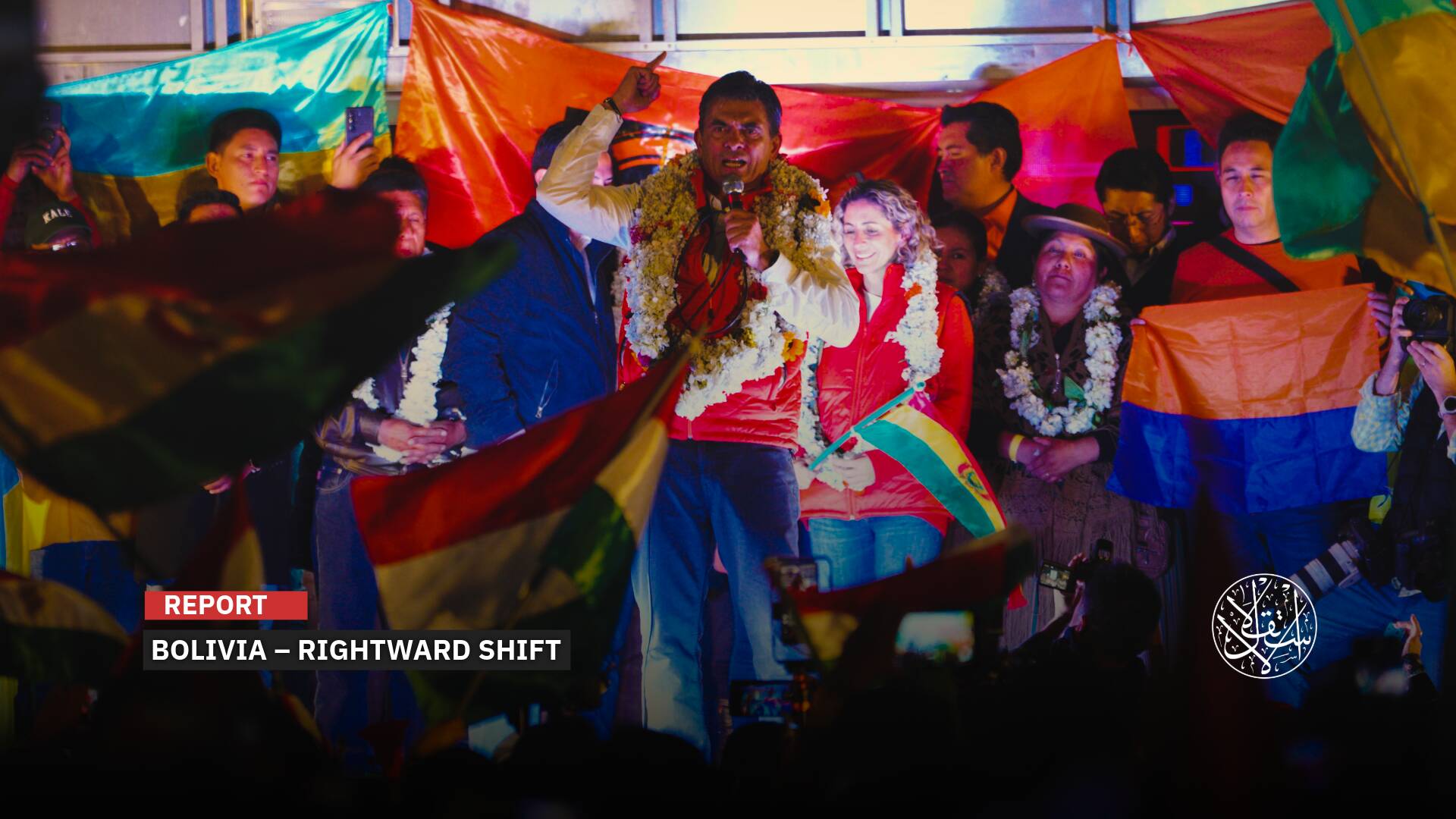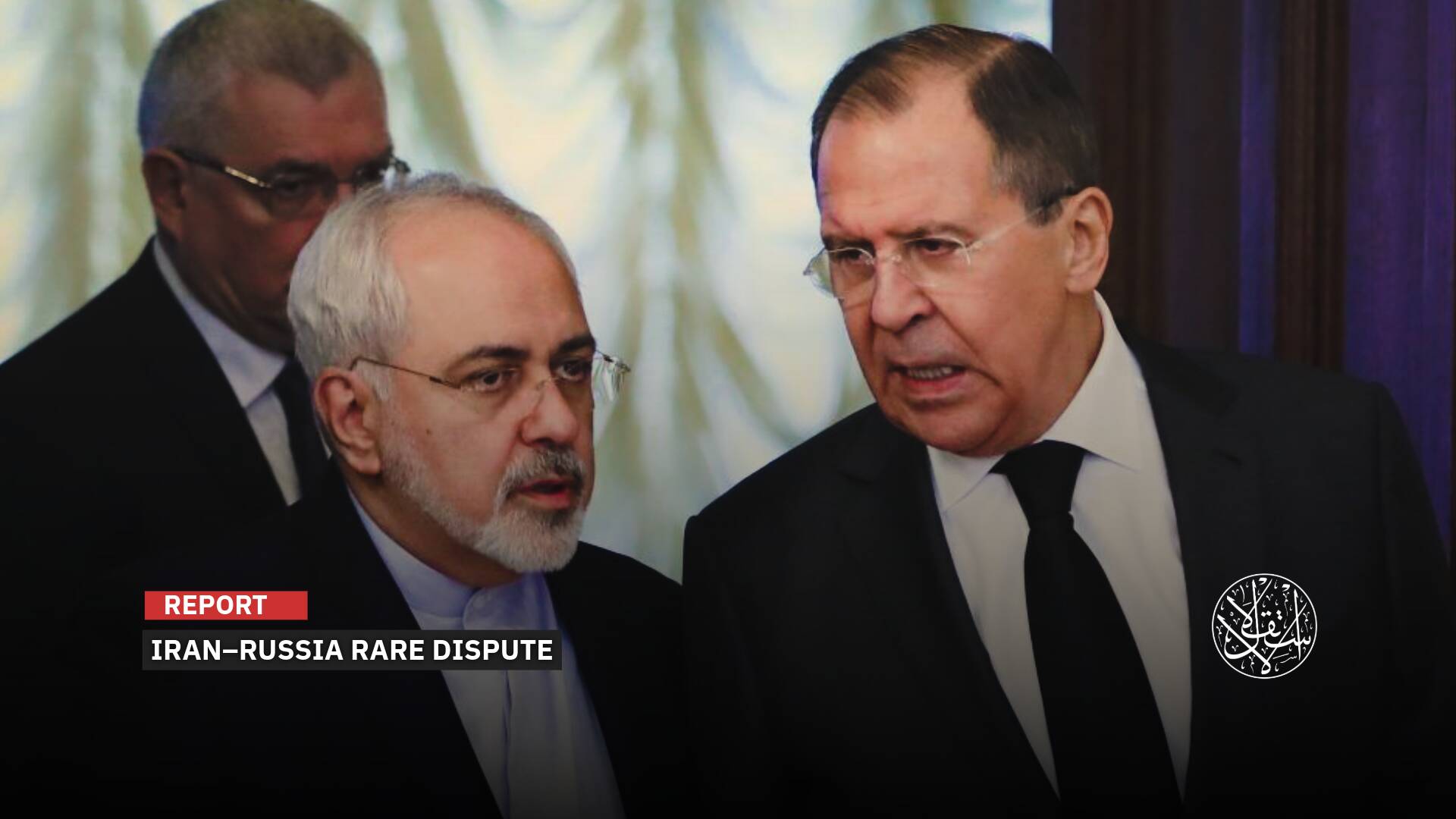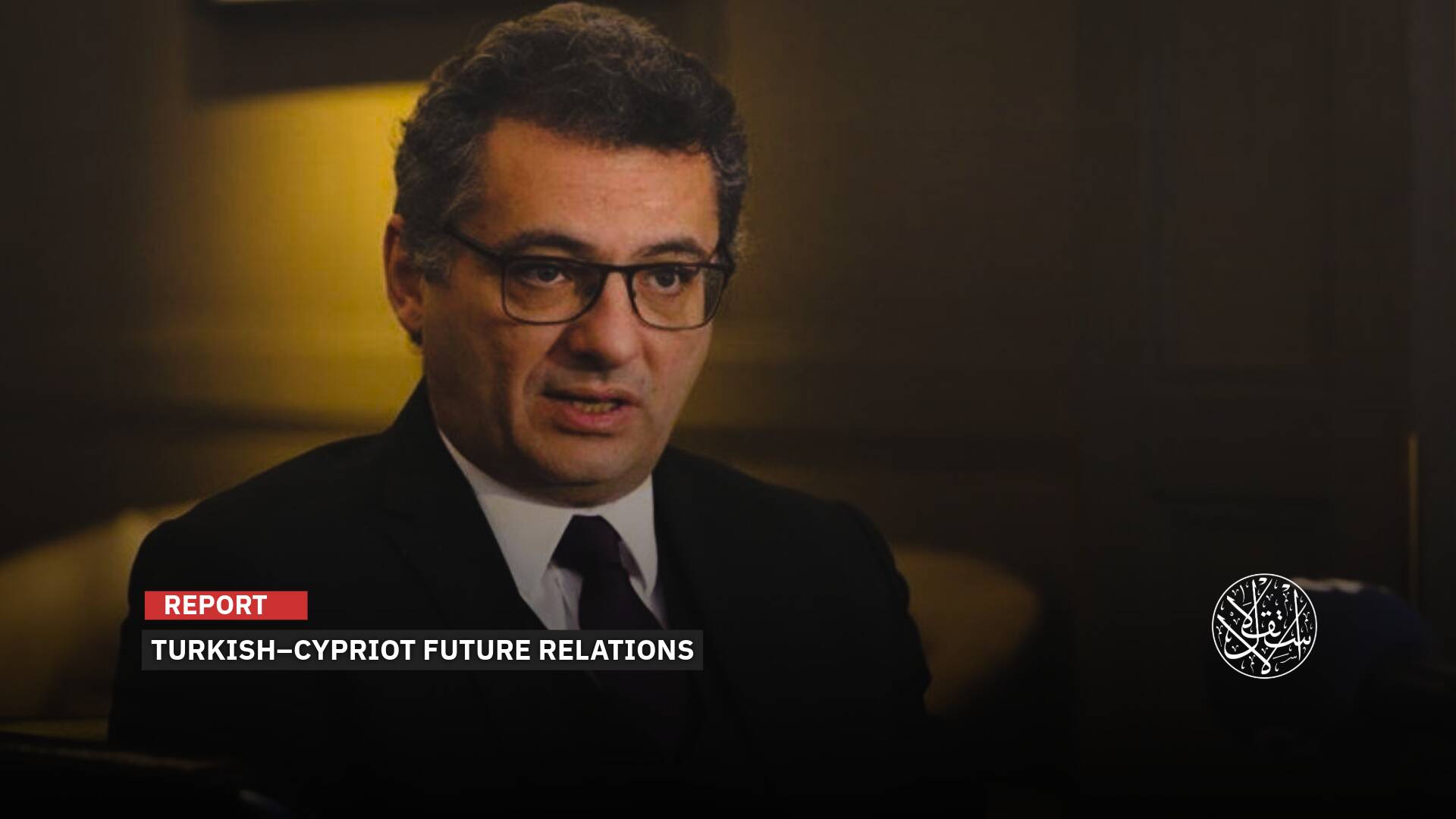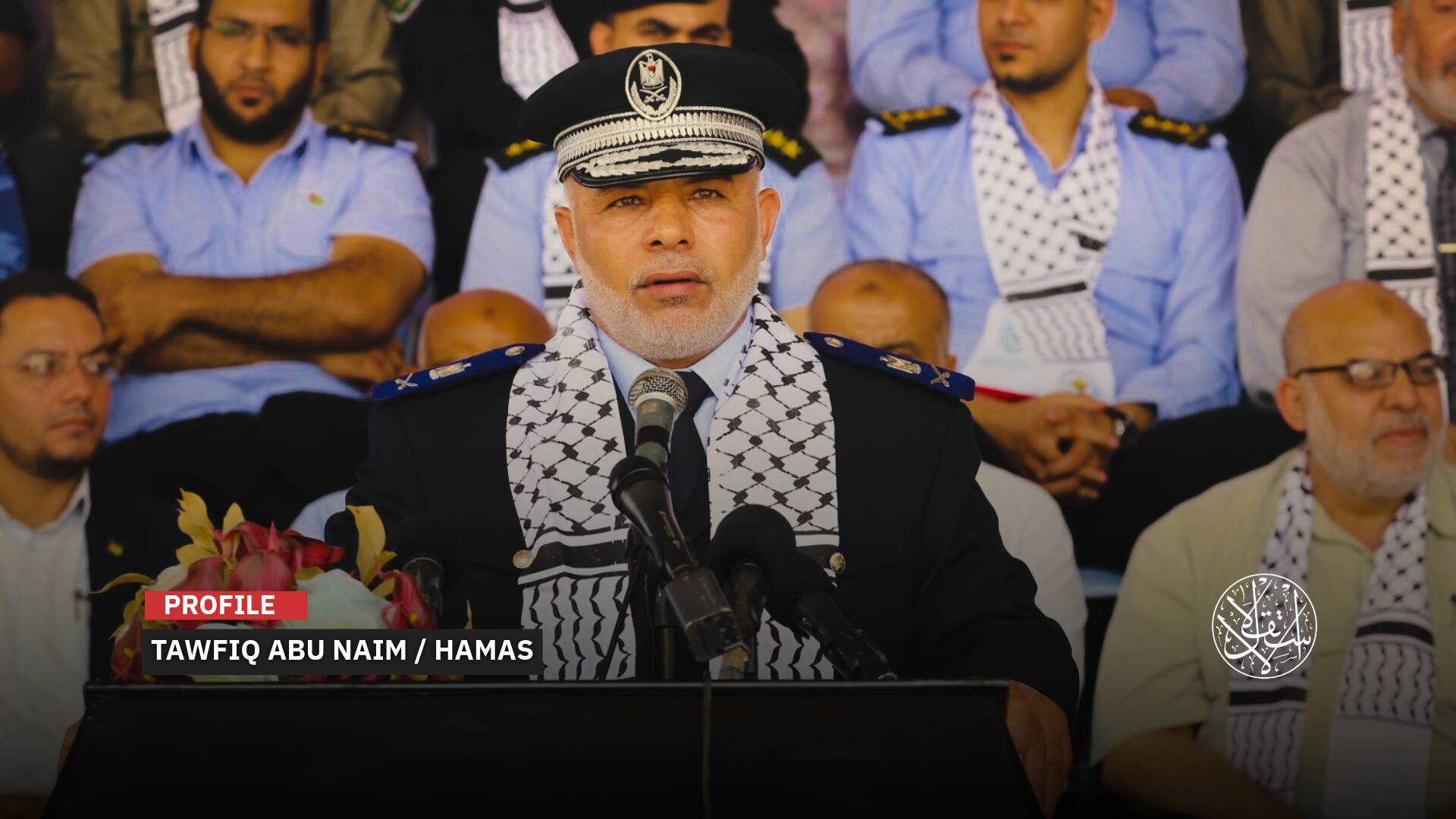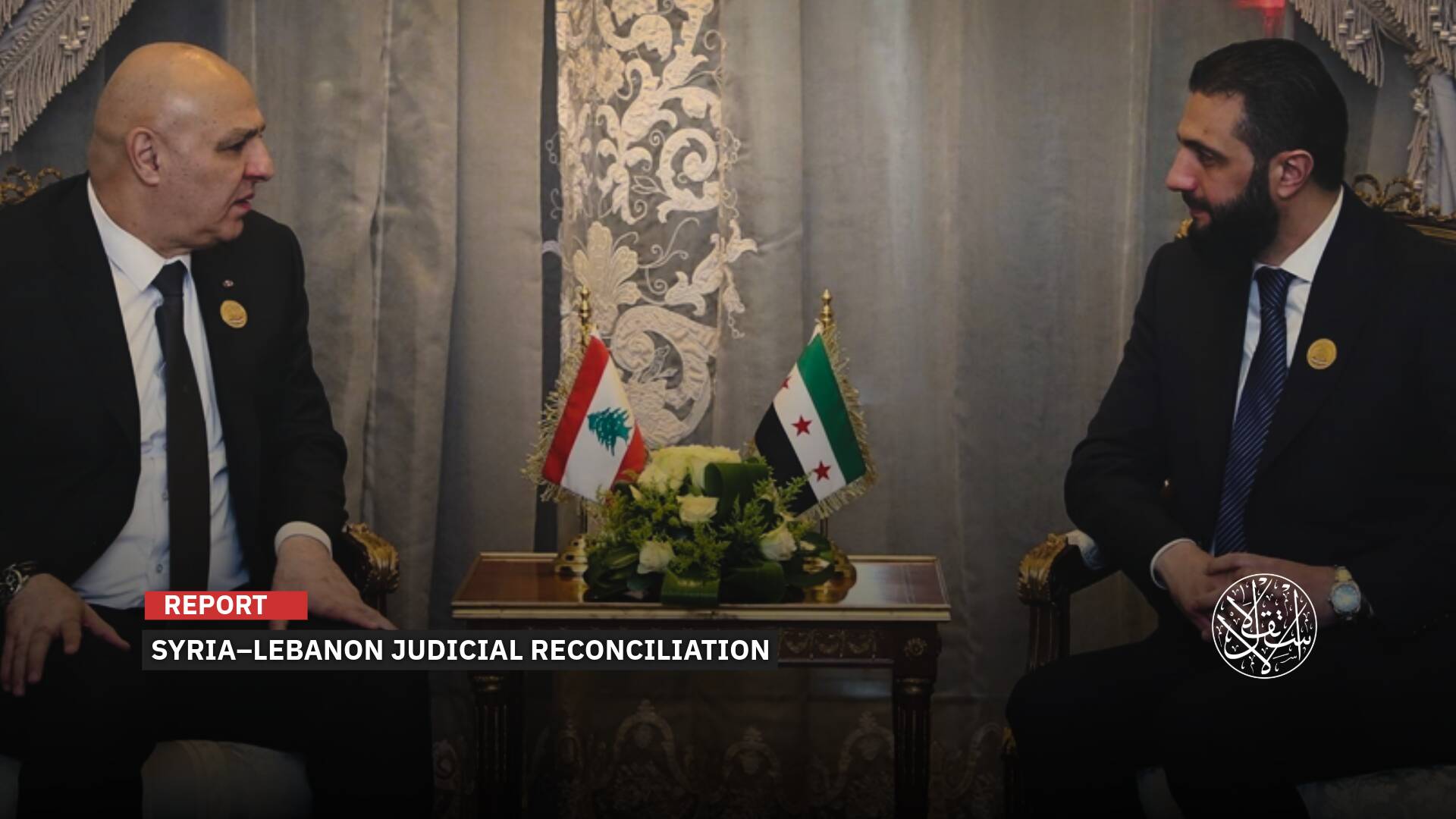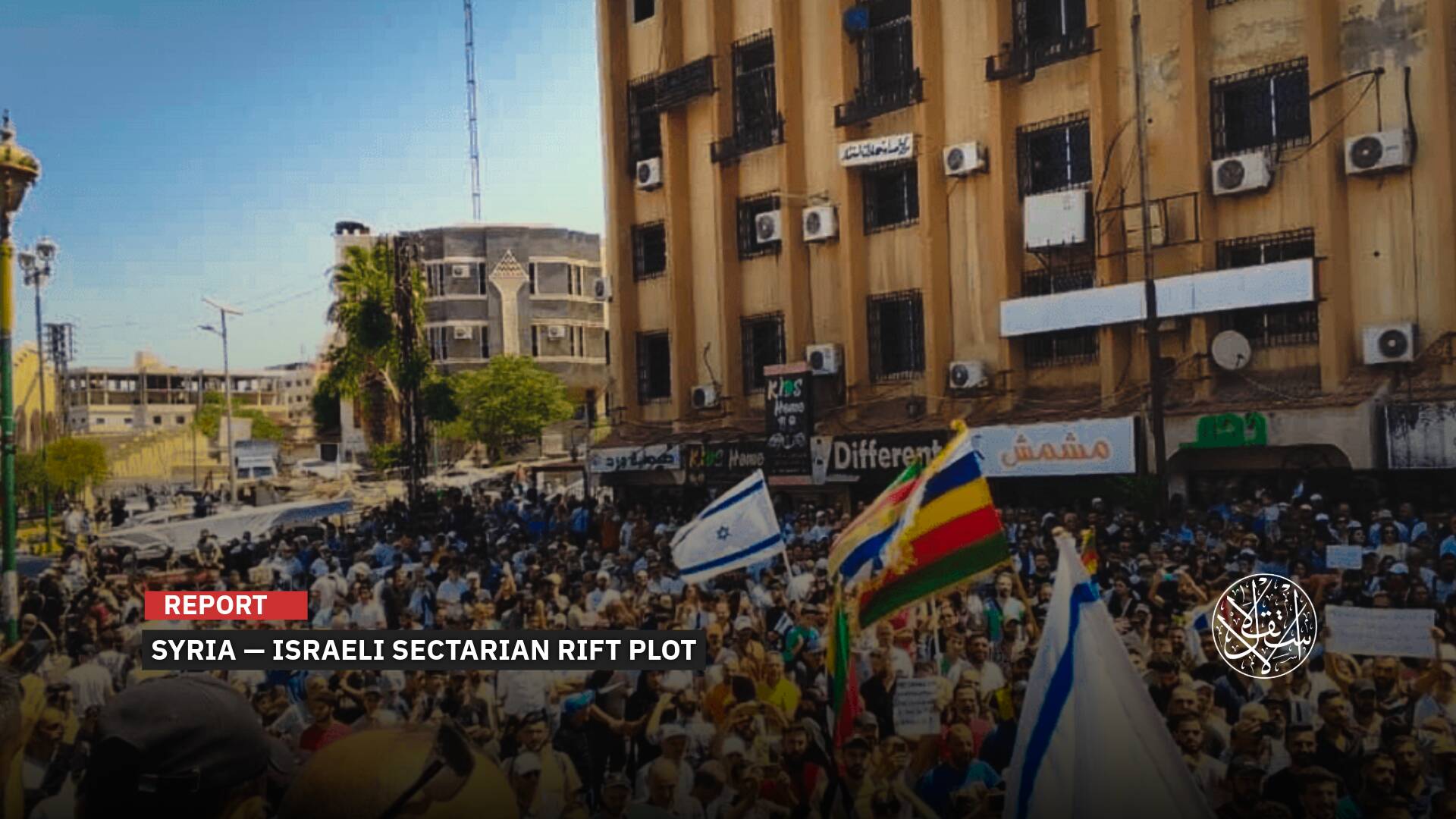Campaigns to Move Displaced Syrians to Built Homes – Will They Succeed in Ending the Displacement Camps?
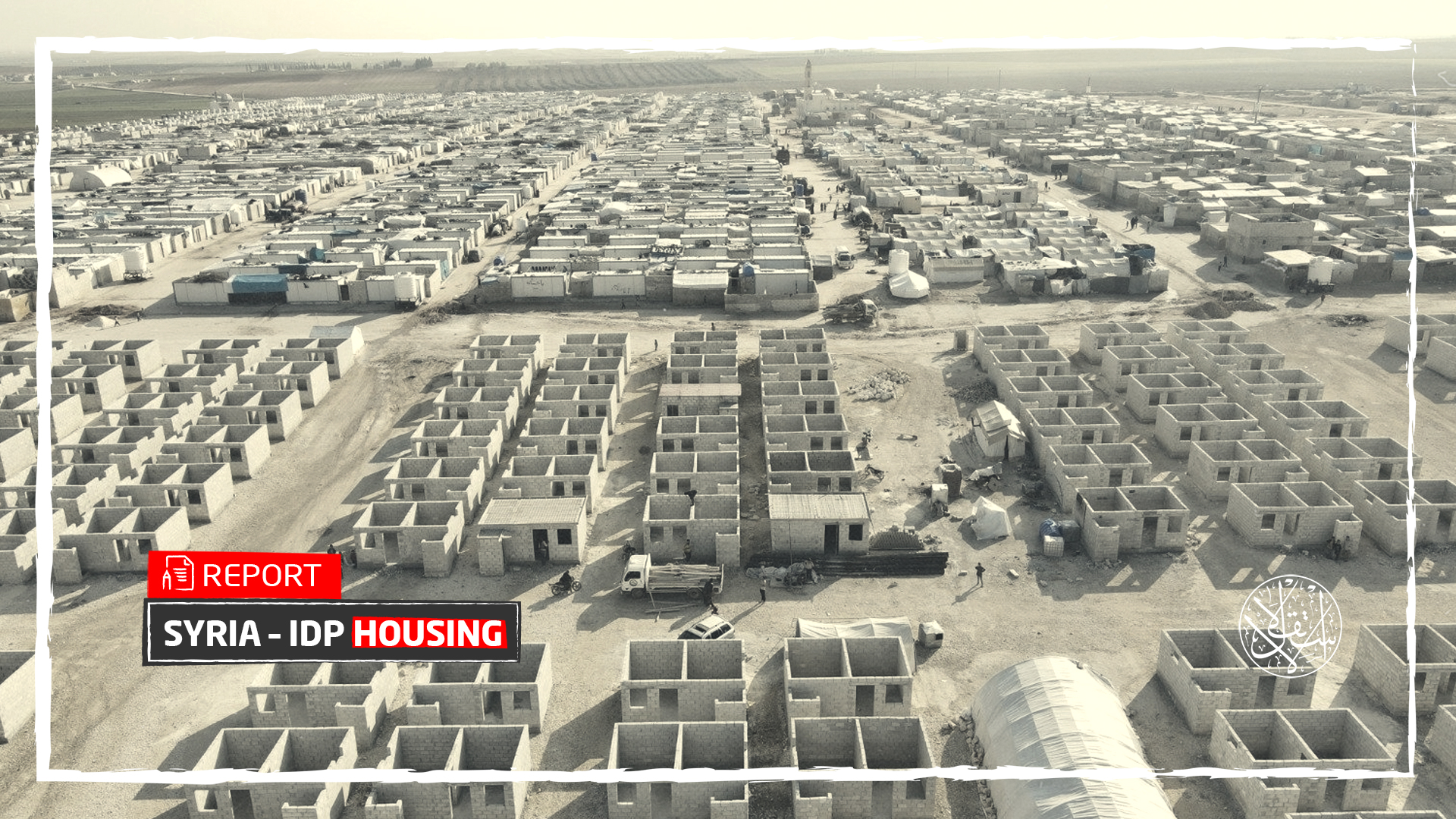
In a first of its kind, the Syrian relief Molham Volunteering Team NGO working in the liberated north was able to raise huge donations within five days, which amounted to two million US dollars.
The campaign, which was launched on January 27, 2022, aimed to transfer displaced families from camps to residential homes, which would protect them from rain, snow and the suffering they were experiencing in tents.
Yes our live broadcast is over, but the campaign will keep going as long as the good in people exists!
— Molham Team | فريق ملهم التطوعي (@molhamteam) January 28, 2022
Thank you for everyone who contributed in this great achievement, and was the reason to allow us experience this forgotten kind of happiness!
We’ll keep going #UntilTheLastTent pic.twitter.com/Vjg1BNZAsa
Until the Last Tent
The idea of launching a donation campaign by the Molham Volunteering Team under the name until the last tent to transport families to homes erupted with the onset of the last snow storm that hit northern Syria.
The team's Facebook page published a video of an elderly woman pleading with God to be taken out of her tent near the city of Azaz, north of Aleppo, after snow had accumulated on its roof.
The words of the 75-year-old woman shook the Syrian and Arab street. She said: “Oh God, have mercy on us, the tents have split, where do we want to go, move us to homes, may God help you.”
The team decided to accept her invitation and take her to a house. Surprisingly, however, the woman refused to transport her alone, stipulating the transfer of the entire camp consisting of 17 families.
This encouraged the team to launch the until the last tent campaign to collect donations through a live broadcast of the team from inside a camp located on the outskirts of the city of Azaz in the countryside of Aleppo.
The campaign quickly received a quick response from Syrian donors inside and outside the country, as well as from Arabs (the largest part of Palestine).
The campaign goal was to raise $400,000 to relocate 117 families from several camps.
However, the campaign received an amazing positive reaction, and $400,000 was collected in just 15 hours.
This prompted an inspiring team to raise the limit of the campaign to include other camps, and thus succeeded in raising two million dollars in just five days.
The until the last tent campaign received a great interaction from Syrian and Arab personalities who expressed their solidarity with it and encouraged their support, by participating in the live broadcast, and giving speeches that motivate them to engage in such campaigns.
The preacher Dr. Muhammad Ratib al-Nabulsi was dedicated to motivating people during his speech and encouraging donations by saying: “The Messenger of God says the best of favor is to help the distressed. Rather, the reason for man’s existence in this world is good deeds, because you don't know the value of a cement-roofed house unless you're in a tent.”
“If we do not feel what our people are suffering, there is no good in us, and that offering a helping hand to the displaced is the least duty, as there is no lack of money from charity,” Dr. al-Nabulsi added.
Among the participants in solidarity with the donation campaign, the Saudi journalist in the Qatari Al-Jazeera channel Ali al-Dhafiri, who considered that “the campaign slogan down to the last tent is intense, deep, direct and gets to the heart of the issue, and it is true that it is at the lowest levels, as the real solidarity is through lifting the injustice completely against these people.”
“The campaign goal in collecting the required amount is easily attainable, and no Arab from the ocean to the Gulf should hesitate to support such campaigns and to contribute at a minimum level to them,” al-Dhafiri considered.
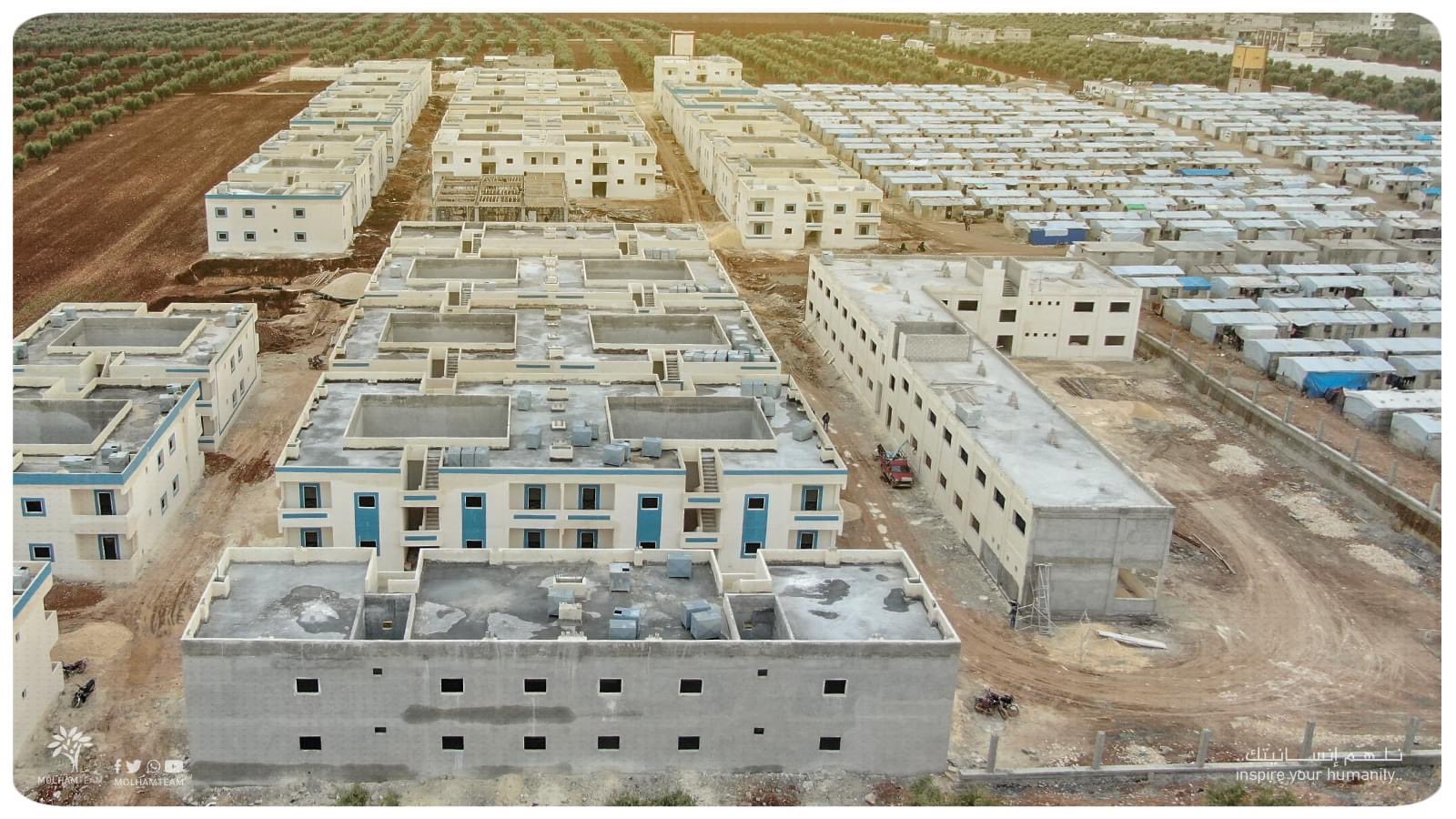
Misconception
The success of the campaign as a test balloon in order to alleviate the suffering of the displaced Syrians in the liberated northern camps, opened the door to making the Until the last tent campaign a model that ends the reality of tents.
In this context, the Executive Director of the Molham Volunteering Team, Atef Nanoua, said: “Before the campaign until the last tent is not completely the same as after it at the level of relief work.”
Nanoua added during a television statement on January 27, 2022, by saying: “We and the rest of the NGOs are challenging the international community through this campaign, as international organizations prevent the construction of concrete housing houses, because in their view this is a demographic change.”
“But they did not remember that they had signed agreements on the protection of peoples, which was a third party in the displacement of Syrians,” according to Nanoua.
“We do not accept Syrians staying in camps that freeze them in the winter and burn them in the summer, and that we tell them to be patient for decades until the problem is solved internationally,” he said.
On his personal page, Nanoua announced a new beginning of relief work in Syria, explaining: “Without a doubt, we are going through a big labor, raising awareness about NGOs is great.”
Humanitarian aid enters the north, which is outside the control of President Bashar al-Assad, through the Bab al-Hawa border crossing with Turkey, located north of Idlib, which is the only artery open to the relief of five million displaced Syrians, including more than one and a half million people in the camps.
According to the Syrian Response Coordination Group (SRCG), the number of camps, whether informal or regular, in northern Syria, is as follows: “The total number of camps in Idlib governorate, Euphrates Shield areas, and Olive Branch in Aleppo countryside, is 1,489, and the number of all their members: 1,512,764.”
It includes 452 random camps, with a total number of 233,671 people.
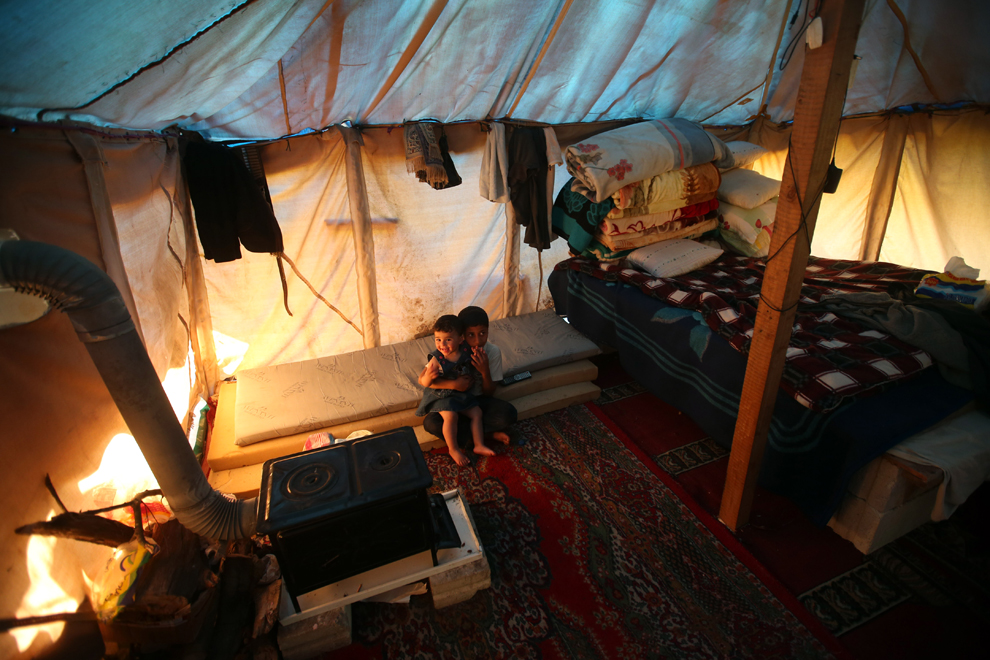
Successful Model
The coordinator of the SRCG, Mohamed Hallaj, believes that “the until the last tent campaign has many advantages, as it extricates 500 families from the great hardships that occur in the camps for the displaced from fires, weather factors and diseases.
“This step needs to be expanded further, as there are 400,000 families present, which means that the campaign served 0.125 percent of the total residents in the camps,” he added to Al-Estiklal.
“Over all the previous years, specifically since 2012, the number of camps in northern Syria increased significantly, and the population in them,” Hallaj explained.
“Therefore, it would have been better for us to go previously to such projects, instead of working on others inside the camps, such as paving roads, water, sewage and rain drainage,” he added.
“[If that happened] 65 to 70 percent of the residents in the camps would have left and are now in homes,” he said.
“The region is currently suffering from both problems and does not have the minimum necessities of living, especially inside the informal camps, which suffer from a lack of services in the toilets, for example,” Hallaj pointed out.
It should be noted that donations collected by international organizations are for temporary response only.
Those in charge of relief and humanitarian work in Syria agree that the United Nations is able, through the organizations operating in Damascus and supported by it, to alleviate many of the suffering and difficulties experienced by the camps, especially in winter, but there is a defect that hinders this intervention.
In this context, the economic expert at Jusoor Center for Studies, Khalid al-Terkawi, confirmed to Al-Estiklal that “after the campaign achieved the required amount and moved people to residential homes, for the until the last tent campaign to become a successful model, the issue must become apparent and the rest of the relief and humanitarian institutions work on it, until the goal is achieved.”
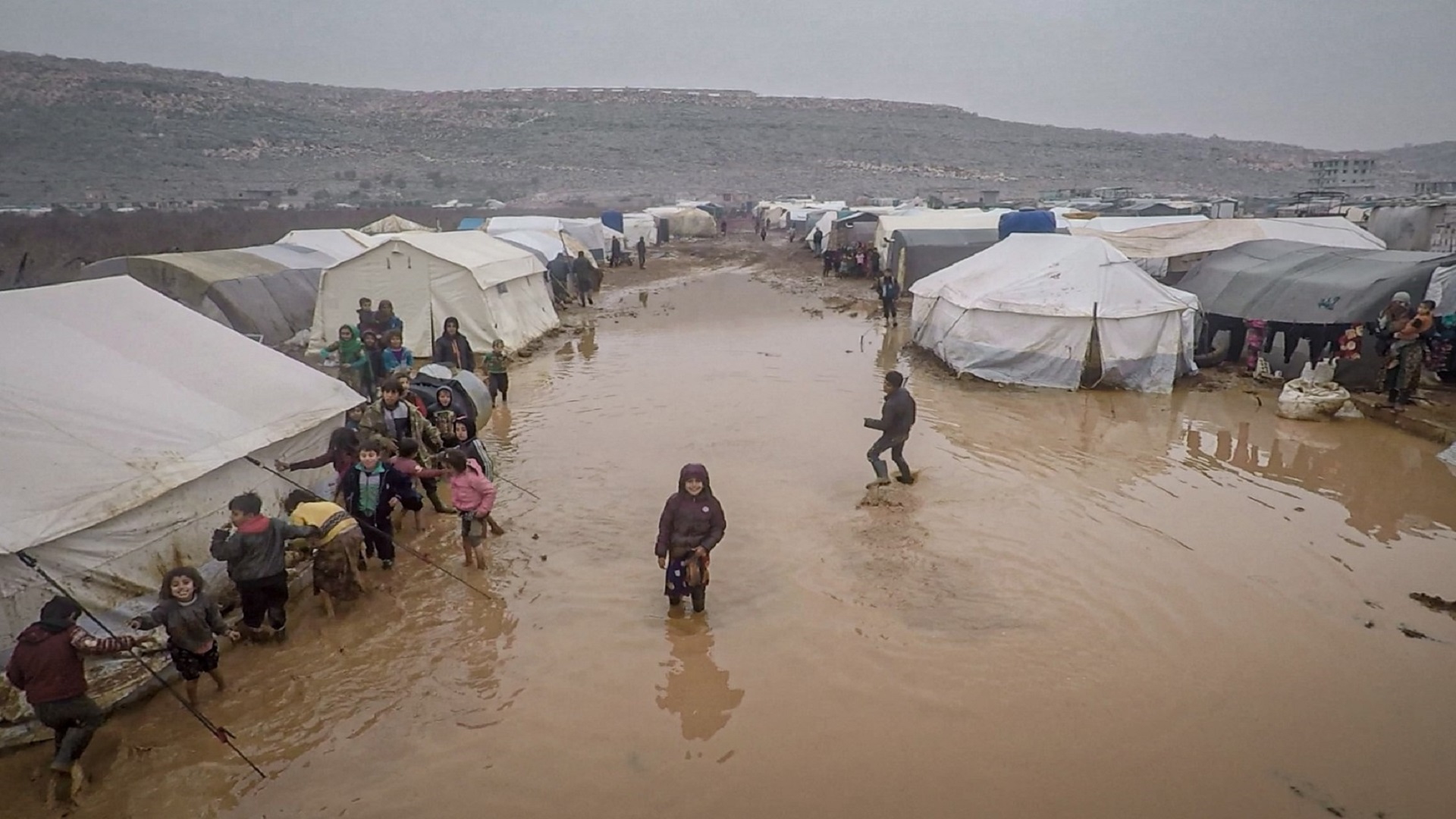
Political Solution
The campaign step that everyone blessed with being a start in achieving other campaigns, while many observers see that it has a soft side represented by the regime's threat to it, like the rest of the Syrian regions outside its control.
This was indicated by the economic expert and president of the Syria Economic Task Force, Dr. Osama Kadi, who said: “The suffering of the people of the northern camps does not end with a single relief campaign or with dozens of campaigns, although what the Molham team did are good efforts.”
He attributed the continuing suffering to the fact that “the bombing of the Syrian regime and its allies on these areas continues and will not stop, no matter how residential camps are built with relief campaigns, because that does not mean stopping displacement and destroying infrastructure.”
“The threat of the Syrian regime still exists, it is possible with one raid to remove all the buildings that were built with the sums raised,” he added to Al-Estiklal.
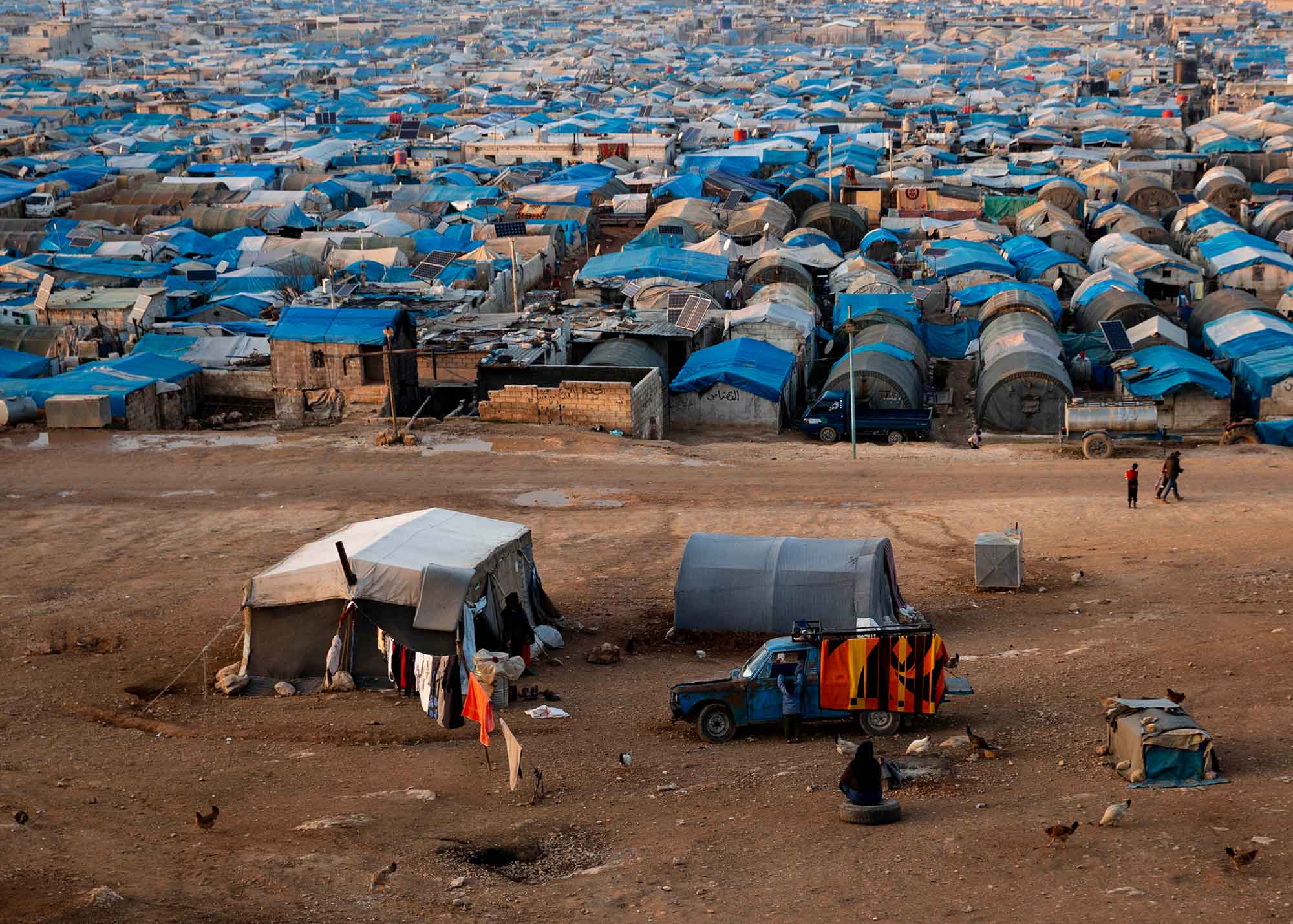
“If there is a political deal in which Turkey knows that this land is part of a political solution and it will be responsible for it and that it is completely safe, it can simply build housing units immediately,” Dr. Kadi added.
“It is possible to build 300,000 housing units to accommodate all these displaced people in the north within one year, but the problem is currently in the absence of a political deal,” the economic expert noted.
“The spheres of influence, despite their presence militarily, have not been definitively defined, and therefore there is no safety from bombing,” Dr. Kadi said.


